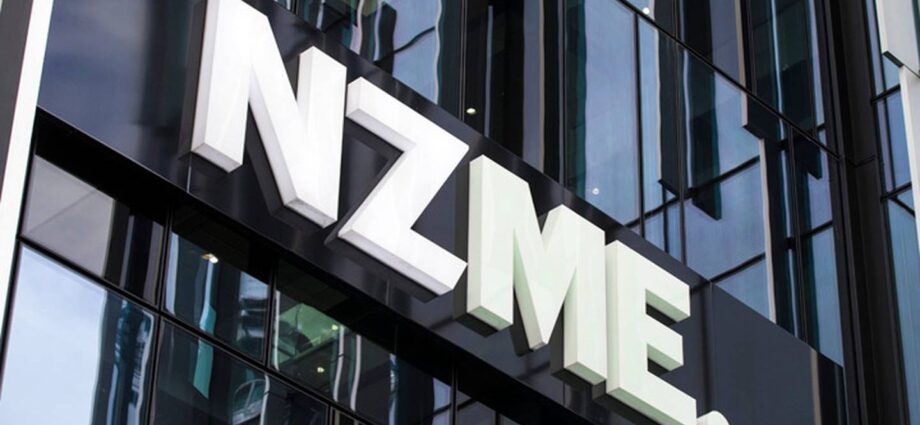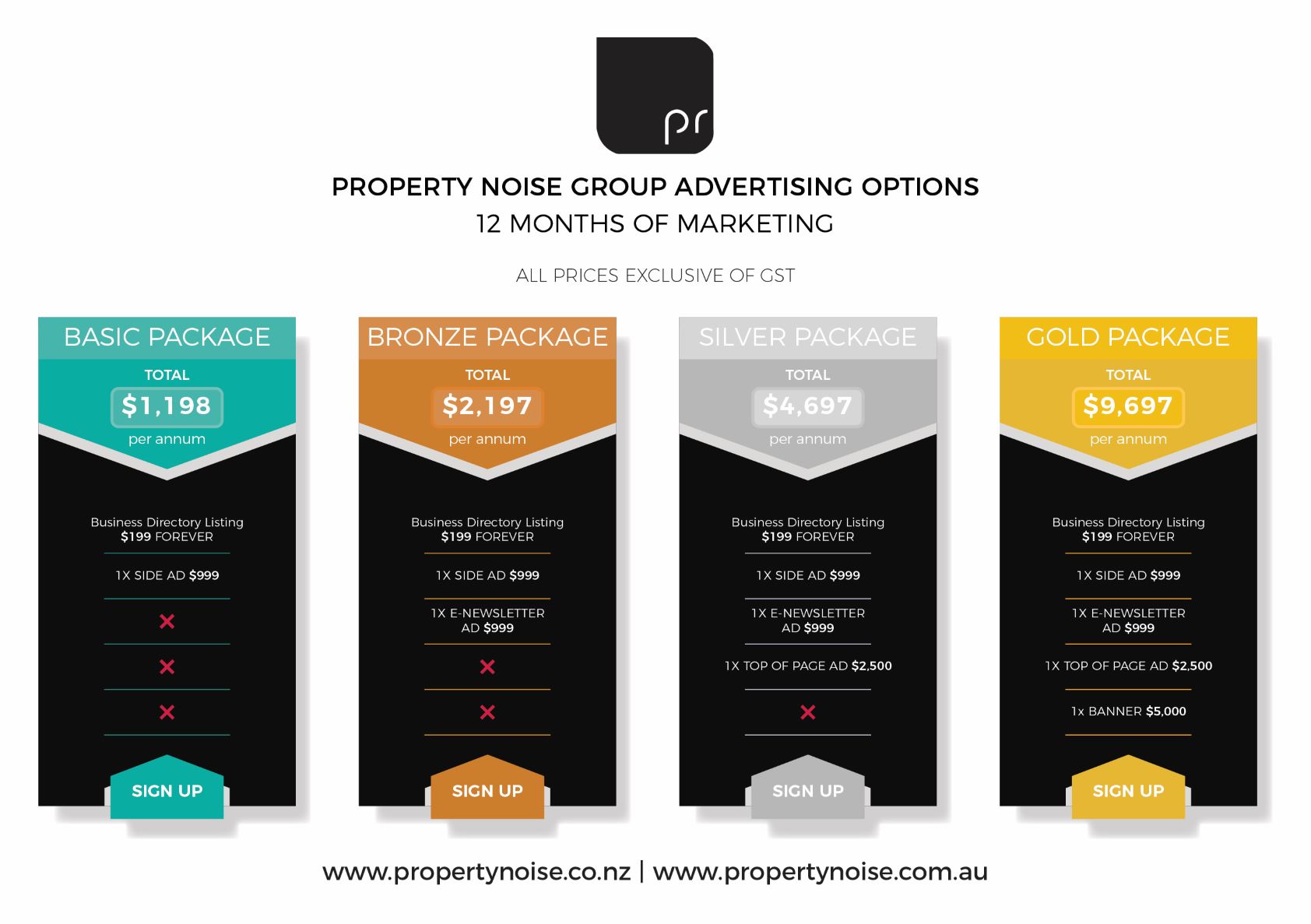PHOTO: NZME. FILE
Publisher and radio broadcaster NZME is set to address investors today as it grapples with a projected gross profit decline of up to 12 percent for the year. This downturn would mark the company’s second-largest drop since its listing on the NZX in 2016. Despite a persistently low share price, which stood at 83 cents on Wednesday morning, down from 91 cents prior to a profit downgrade notice, NZME faces challenges in meeting advertising revenue expectations, particularly in the crucial months of November and December.
Looking for that “all over tan” this summer ? | Top Nude Retreats in Australia and New Zealand
Last week’s market notice disclosed that anticipated advertising revenue increases from August to October did not materialize as expected. Consequently, NZME’s EBITDA (earnings before interest, taxation, depreciation, and amortization) is now forecasted to be between $57-59 million, down from the previous guidance of $59-64 million given in August 2023. The real estate market downturn has significantly impacted NZME, despite positive reports from its OneRoof real estate section.
The change of government and reported improvements in business and consumer confidence have not yet translated into positive results for NZME, as advertising revenue for the third quarter was down 2 percent year on year. October showed a marginal improvement, up 1 percent from the same month in 2022. However, November and December are currently pacing slower, with several customer campaigns postponed or canceled until 2024.

CEO Michael Boggs is expected to provide an update on NZME’s performance, including details on the company’s revised strategy, during the investor day. Meanwhile, Stuff Ltd, the company’s main rival in newspaper and digital news publishing, may also be grappling with similar revenue challenges.
In a notable contrast, The Post newspaper’s edition on November 10th, the successor to the Dominion Post, starkly reflected the declining market for print advertising. The 28-page tabloid featured no obvious paying advertisements, especially on its typically high-impact first five pages. Instead, it included variations of ‘house’ ads—unpaid promotions for Stuff itself and its products. The Herald, NZME’s publication, had a modest number of ads despite the challenging market conditions.

The visually striking absence of ads in The Post, though jarring for journalists, prompted commentary on Twitter suggesting that readers might appreciate the abundance of editorial content, especially considering the $3.60 retail price per copy.
SOURCE: NEWSROOM















